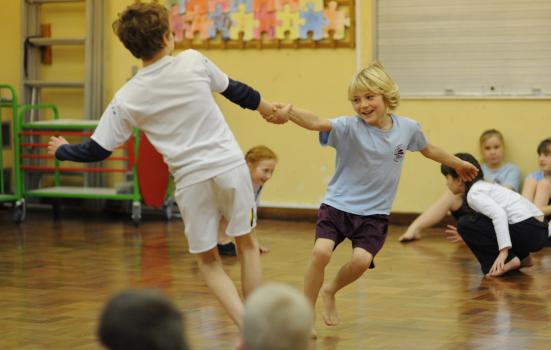I found that this was the first question in my mind when I saw our dance workshop early on in a Friday morning. I never would have thought that as a Primary Teacher, this would be a requirement as part of the curriculum. I do not particularly look back fondly upon the many hours of mandatory social dance throughout my secondary and primary school careers but as a teacher, I can try to make a difference to the attitude to social dance and maybe make it slightly more enjoyable for the children being taught by me. I feel like I fully understand the need for enthusiasm when teaching any subject, especially for those that the teacher may not like themselves because pupils can be impressionable and will pick up when a teacher does not like the subject they are teaching.

Therefore why do we need to be qualified to teach dance in primary schools? Well, after looking up the subject, I now understand why it should be included in our curriculum. Here are a few reasons:
Dance can link to other parts of the curriculum
Dance is seen as fun even by the least enthusiastic of pupils, and if you provide a lesson plan which links to the current class project as either an introduction to a new topic or reinforcement of the things that are being learned in class, you may in turn be able to increase enthusiasm for the project and dance itself.
It is a simple way of getting children to expend energy outside the classroom
This seems a simple reason to teach dance but it is an effective way of ensuring that children have burned off energy before they sit down in your classroom and take part in a lesson.
Dance encourage pupils to be creative
Instead of expressing themselves through the standard approach of writing, children are encouraged to be creative and show how they feel through body language and movement. Ken Robinson displays the view that schools squander creativity and I feel that dance is a way of bringing the creative element in to schools.
Dance provides a good team building exercise
Dance can be a form of collaborative learning, and some forms of dance can easily be used as team-building exercises. Group dancing also allows you to see which kids are possibly being left out so you can target your teaching more effectively and provide support for that pupil and help them to become more involved and part of the team.

